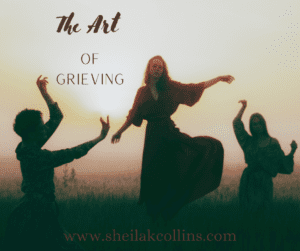 When I was in high school, I read a newspaper article about a new kind of therapy. What I knew about mental health therapy at that time was that it was an expensive individual process, often taking years, where a person worked on their own behaviors and attitudes with the help and guidance of a therapist. The goal was to become a better, more mature grown-up.
When I was in high school, I read a newspaper article about a new kind of therapy. What I knew about mental health therapy at that time was that it was an expensive individual process, often taking years, where a person worked on their own behaviors and attitudes with the help and guidance of a therapist. The goal was to become a better, more mature grown-up.
Given my mother’s erratic behavior, (partly caused by the overwhelming demands of working the night shift as a nurse and raising 6 children during the day) I often wished that she would go to therapy or that I could go, but neither of those things were the least bit likely. So, when I heard about this new field of Family Therapy where the therapist’s focus was not on the individual but on the relationship between family members, where the “patient,” if you will, was the family system itself, I became excited.
The idea that, with a therapist’s consultation, family members could change the system of rules and communication patterns which operated outside of their awareness so that the lived experience of family life could became more satisfying–this seemed a real game changer. Though my family of origin never took advantage of this new method, becoming a family therapist did become a career path for me years later, but I still remember that moment as one of the first, “glimmer of hope” moments of my life. At the time it seemed that help for me and the members of my dysfunctional chaotic family could be on its way.
Becoming a social worker fit right in with this notion that individuals are inseparable from their network of relationships, and caused me to put women together in groups, to receive the support from one another as they grieved their losses. The culture of the group itself helped the individual women to avoid shutting down or moving away from the discomfort of their grief. As cultural messages encourage. Using the arts of storytelling, dancing, and drama enactments, much of what I had learned from my professional dance and theater background, the women, with my help, taught each other that hanging in there with grief was well worth it.
Now I’ve written a book about grieving as an art we need to get good at, and how using the arts is what helps us do that. So, I realize, I’m still trying to change the rules and communication patterns of the system we are all entangled in, so we can support one another through the many episodes of grief and loss that are hallmarks of the human condition. Stay tuned to find out how I do with this latest chapter in my “changing our world” business.

